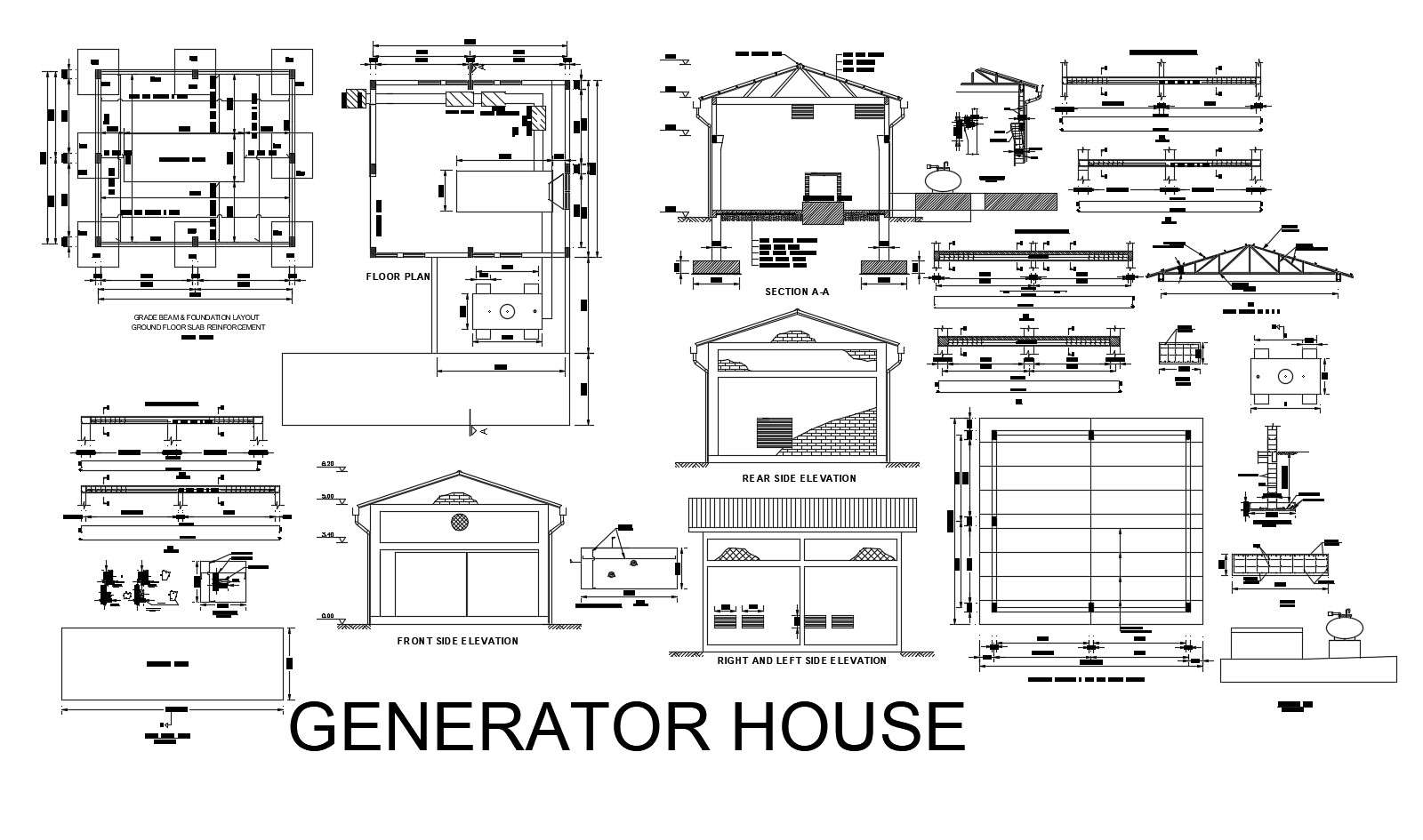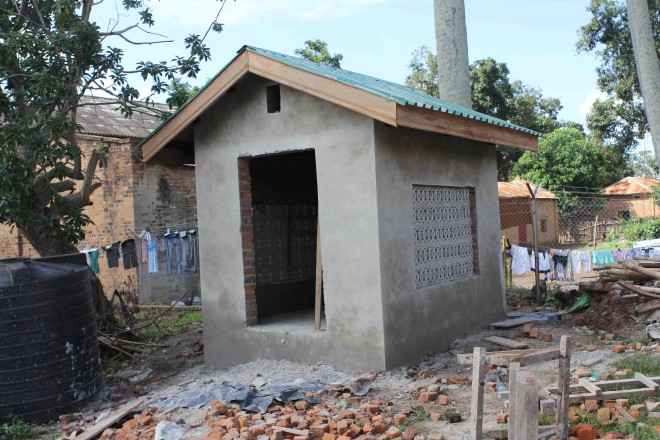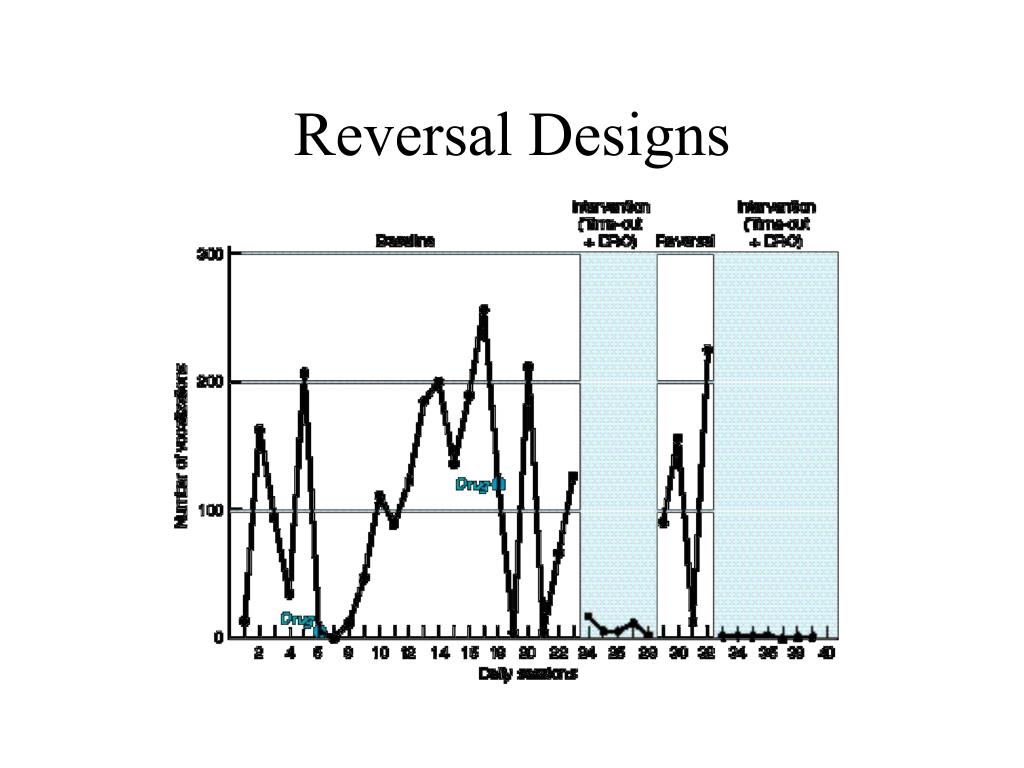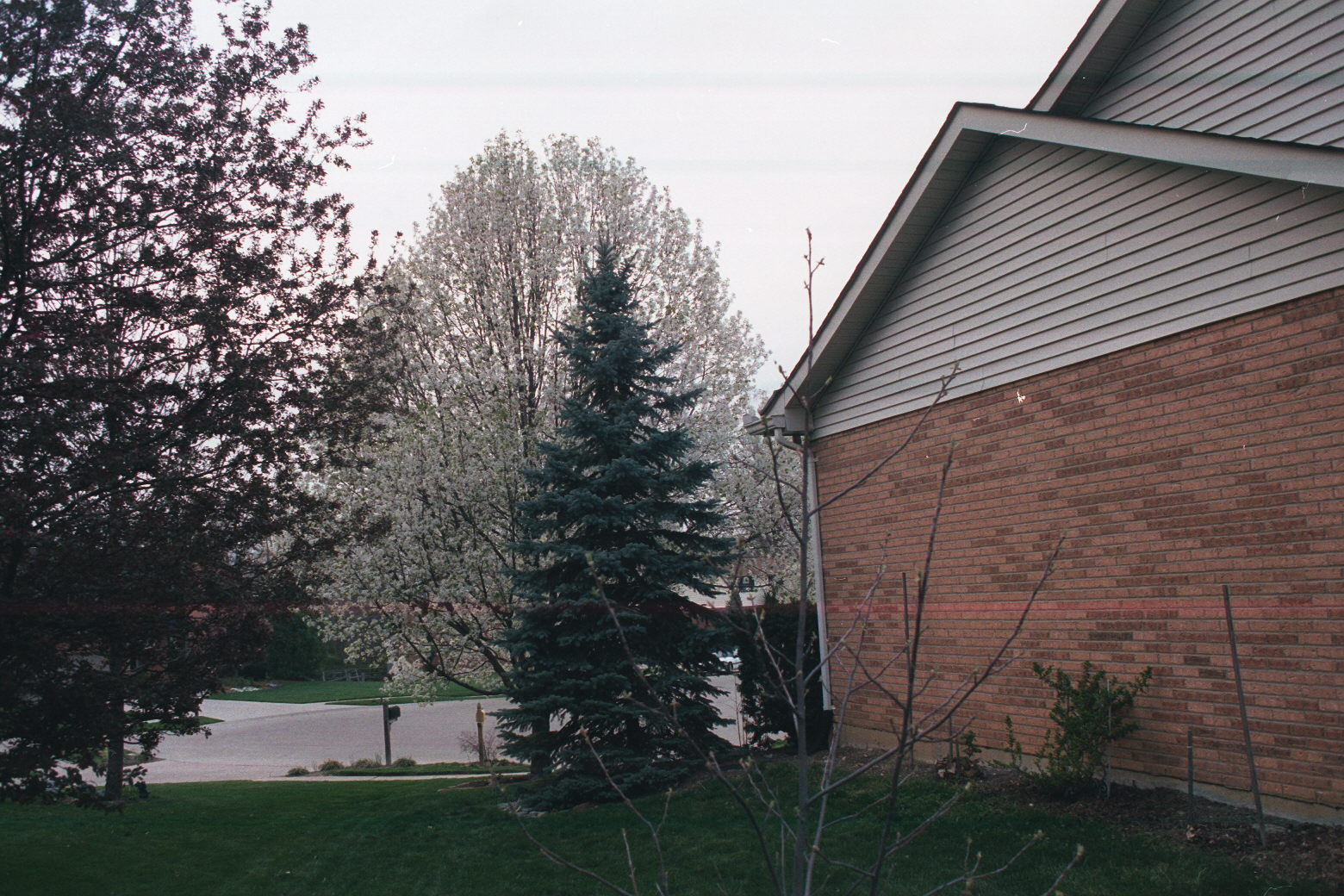Table Of Content

If you were to use it for 100 hours per year, that translates to 10 to 30 years. With the colder months approaching, we face the possibility of power outages that can last from hours to weeks. Investing in a standby generator is one of the best ways to keep your most important appliances up and running and help everyone inside stay a little more comfortable.
Find The Right Home Backup Generator For You
Being able to pick between gasoline and propane has a couple of benefits, especially when using a generator for backup power during or after storms. Unlike gasoline, propane is stable and won’t gum up carburetors or other components when stored for long periods between use or from storm seasons. You can check the generator’s power status at any time with your phone, affording peace of mind in storm season.
Why you should not bring a generator inside your home - WUSA9.com
Why you should not bring a generator inside your home.
Posted: Tue, 16 Jan 2024 08:00:00 GMT [source]
Safety

You can click on any generator type to jump down to a list of its pros and cons, as well as a specific product recommendation and review for each. This is a particularly sound investment for families that have kids learning from home or parents that may not have the luxury of heading into school or the office when the electricity goes out. Generac also offers a five-year warranty and 24/7 customer service if you do have any issues, since the power always seems to cut out outside of business hours.
Automatic Transfer Switch
The major con of portable power stations is the cost per watt, which can be significantly higher than traditional portable generators. Additionally, because these power stations must be charged via plug-in or solar, they may be difficult to use long-term during a power outage. If you are looking for an option for tailgating, powering key devices or appliances during a short-term outage, portable power stations are a great choice. Home standby generators have the largest power ratings and are usually, though not always, powerful enough to satisfy the electrical demands of an entire home. The downside is that they’re the most expensive to purchase and install and require installation by certified professionals.
Best Portable Generators
Check out our generator buying guide for more details on our intensive testing program. Our generator ratings include portable and inverter models in addition to home standby generators. CR members can read on for reviews of the best home standby generators in our ratings. The Champion tri-fuel generator is equipped with advanced safety features, including a carbon monoxide sensor and low-oil shutoff. Its digital LCD display is also highly informative, showing the voltage, frequency, session run time, and total run time, which are useful in monitoring output and maintenance schedules. Natural gas generators need to be permanently connected to a home's natural gas supply; the generator can operate as long as the gas supply remains uninterrupted.
Whole house generators either use liquid propane from a tank or natural gas from a utility line (or custom tank). Propane is cheaper and less contaminating, but using natural gas means you won’t have to refill a tank (although this isn’t an option if you’re looking to go off the grid). “The price of a generator will vary widely depending on whether the homeowner is looking for a portable generator or a standby generator,” says Worthington. Our research shows that standby (whole-home) generators can pull on the purse strings for as much as $7,000+, while budget units can cost $500 or a little less. Beyond those mentioned above, fuel-free alternatives like solar generators are also available.
Goal Zero Yeti 1000 Core Portable Power Station
This generator is a great option if you want a power backup for a few necessities. Sure, it’s still an investment, but it comes with a five-year warranty that covers parts, labor, and travel. And it does automatic weekly power checks at a low RPM to ensure that it’s working correctly when you need it without using more fuel than is necessary.
Indoor use also makes the Power+ Nexus relevant to folks who otherwise can’t use a generator—people who live in apartment complexes, say, or on any floor higher than the first. City dwellers who experience rolling blackouts during heat waves or wildfire season would be well served with this option. The specs suggest that the DeWalt DXGNI2200 is slightly less powerful than the Ryobi RYi2322VNM, but in our tests we saw the opposite result, with the DeWalt gaining a slight edge. Both the DeWalt and Ryobi overloaded around the 1,800-watt mark, but the DeWalt was able to sustain the heavy 2,100 starting watts of a worm-drive circular saw, whereas the saw always overloaded the Ryobi. The first recall was for a gas leak, and the second recall concerned the generator’s potential for short-circuiting in the presence of salt water. We couldn’t test long-term reliability, but Honda’s track record in this regard is exceptional.
Champion 14-kW aXis Home Standby Generator with 200-Amp Whole House Switch
This makes them more fuel efficient, allowing them to have smaller fuel tanks and more portability than other generators. It also makes them quiet generators, usually only producing around a 60-decibel noise level—the same volume level as a typical conversation. We recommend products in each review using an intensive research process, spending hours combing through the latest and greatest models available.
And portable power stations are large batteries that store electricity for when you need it. They are the only option for someone who lives in an apartment and has no way to safely run a generator outdoors. A standby generator, like the Generac Guardian 24kW Home Generator, is the most common option for whole-home generators since it offers average power outputs ranging from 10,000 to 24,000 watts. This type of generator is permanently installed outside the home and is connected to a propane fuel tank or natural gas line. With the addition of a transfer switch, standby generators are ready to supply power for a few hours or a few days or more, thanks to a readily available fuel supply and high wattages.
This system helps the engine handle high power loads and increased temperatures more effectively. Just be sure to regularly check for coolant leaks and top off fluids as needed. As expected for a bare-bones generator, this model doesn’t have the ability for Wi-Fi monitoring. It also lacks an engine hour meter, but an aftermarket meter can be installed to help you keep up with routine oil changes and maintenance. To make maintenance and repairs easier, three sides of the aluminum enclosure are removable. Meanwhile, the Champion Power Equipment’s 3500-watt Portable Generator weighs approximately 103 pounds.
Generators burning natural gas can be directly tied to the home’s natural gas line, allowing practically limitless fuel without having to worry about running out. The disadvantages of natural gas are that it’s less energy-efficient than propane and will therefore produce less power and that the generator remains dependent on the gas grid for backup power. When a power outage occurs, the home generator automatically switches the grid connection off, starts operating and inputs electrical power into the home’s system within a matter of seconds or less. The generator components will then monitor the grid to detect when power is restored. When energy becomes available from the grid, the generator switches back to municipal power, discontinues sending electricity to the home, shuts down and goes into standby mode until the next occurrence. A transfer switch, connected to your home's power box, automatically changes the power source from the electric utility to your backup.




















